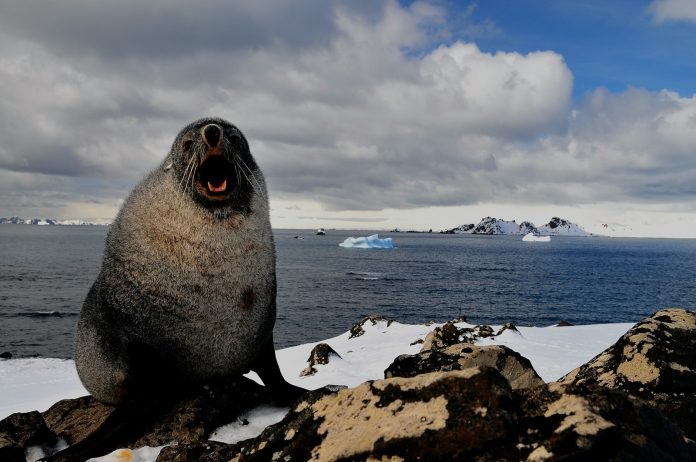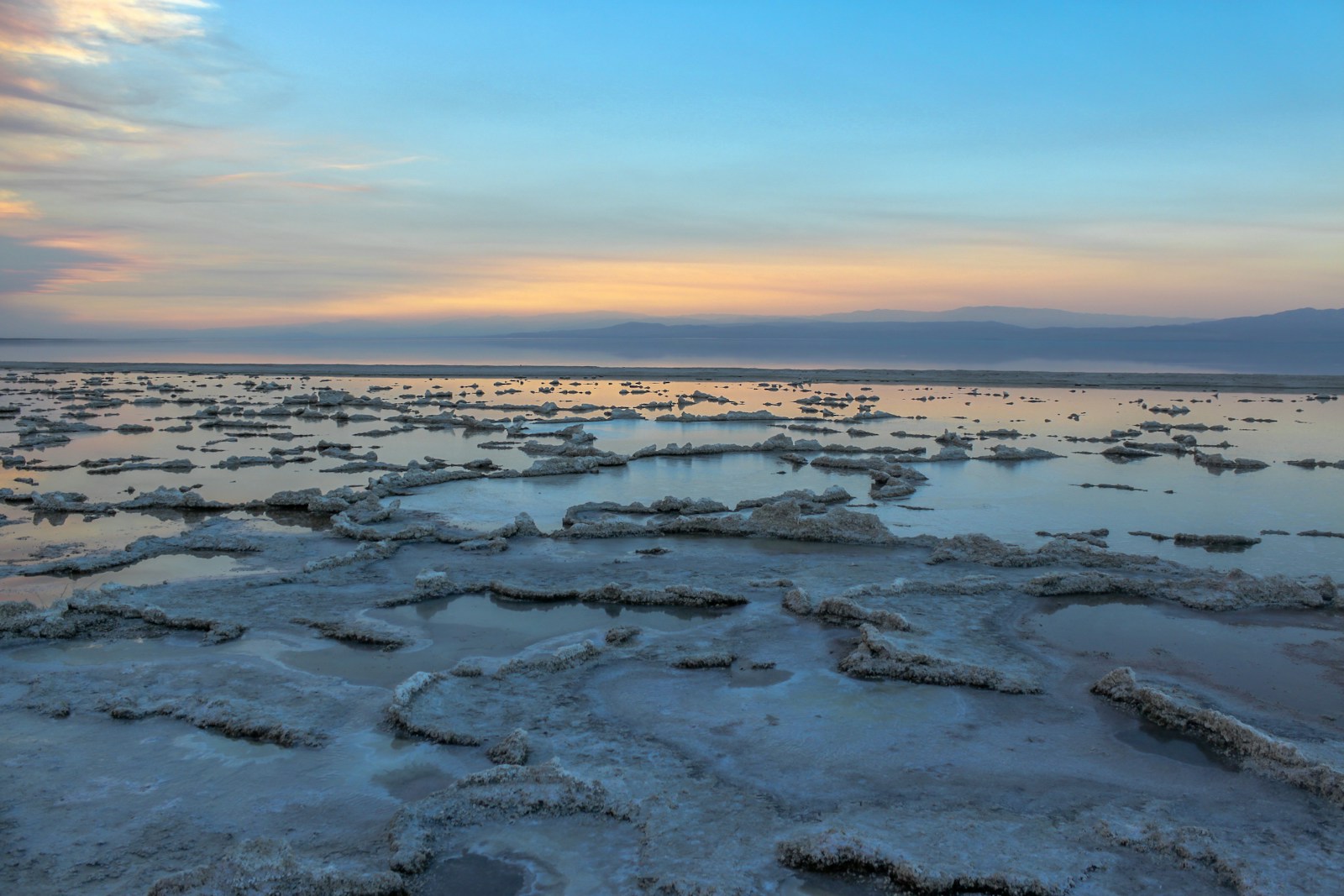
In the stark and unforgiving terrain of the Arctic, a silent transformation is underway.
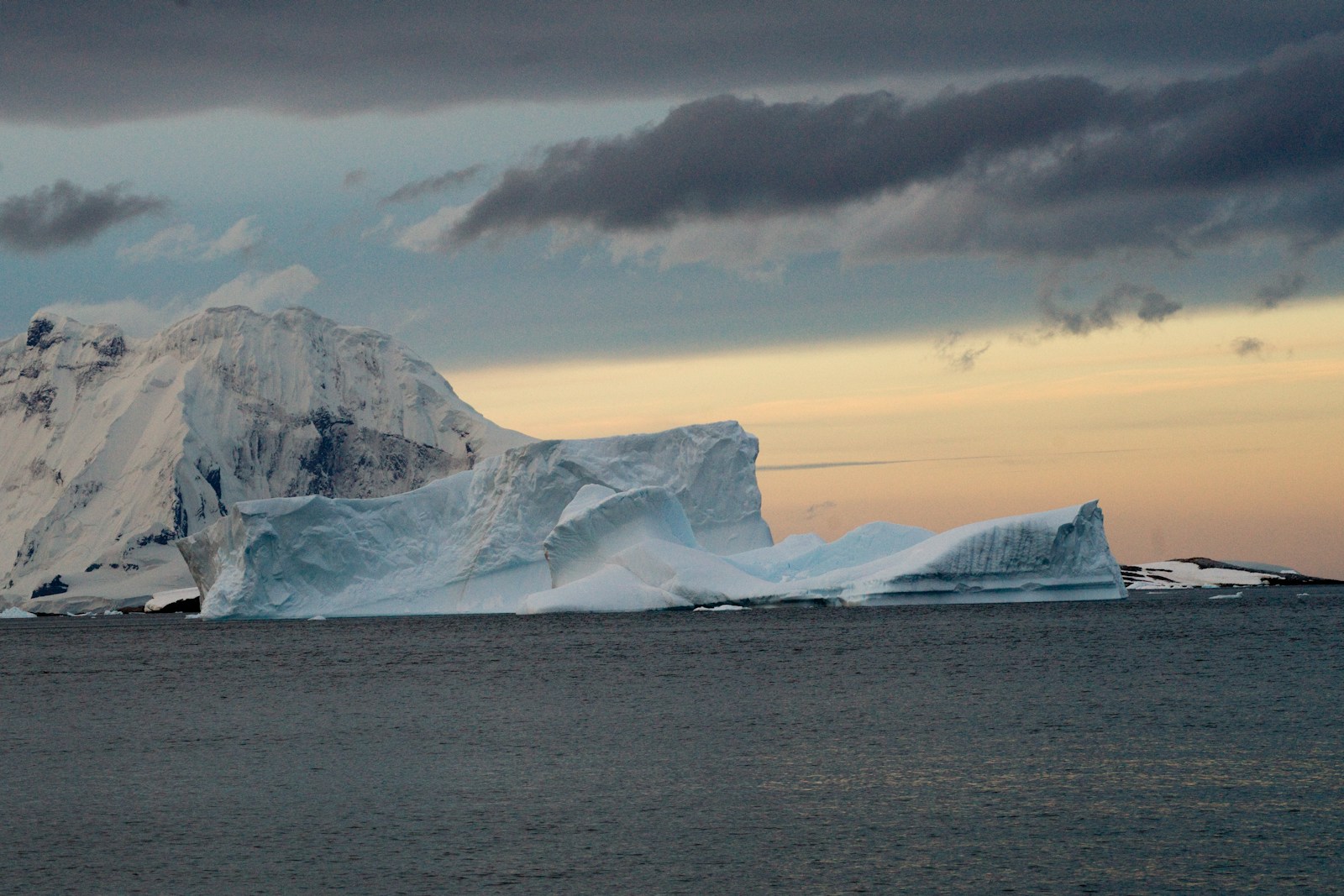
A recent study, released in March 2024, underscores a somber reality: the Arctic is no longer a reliable sink for greenhouse gases.
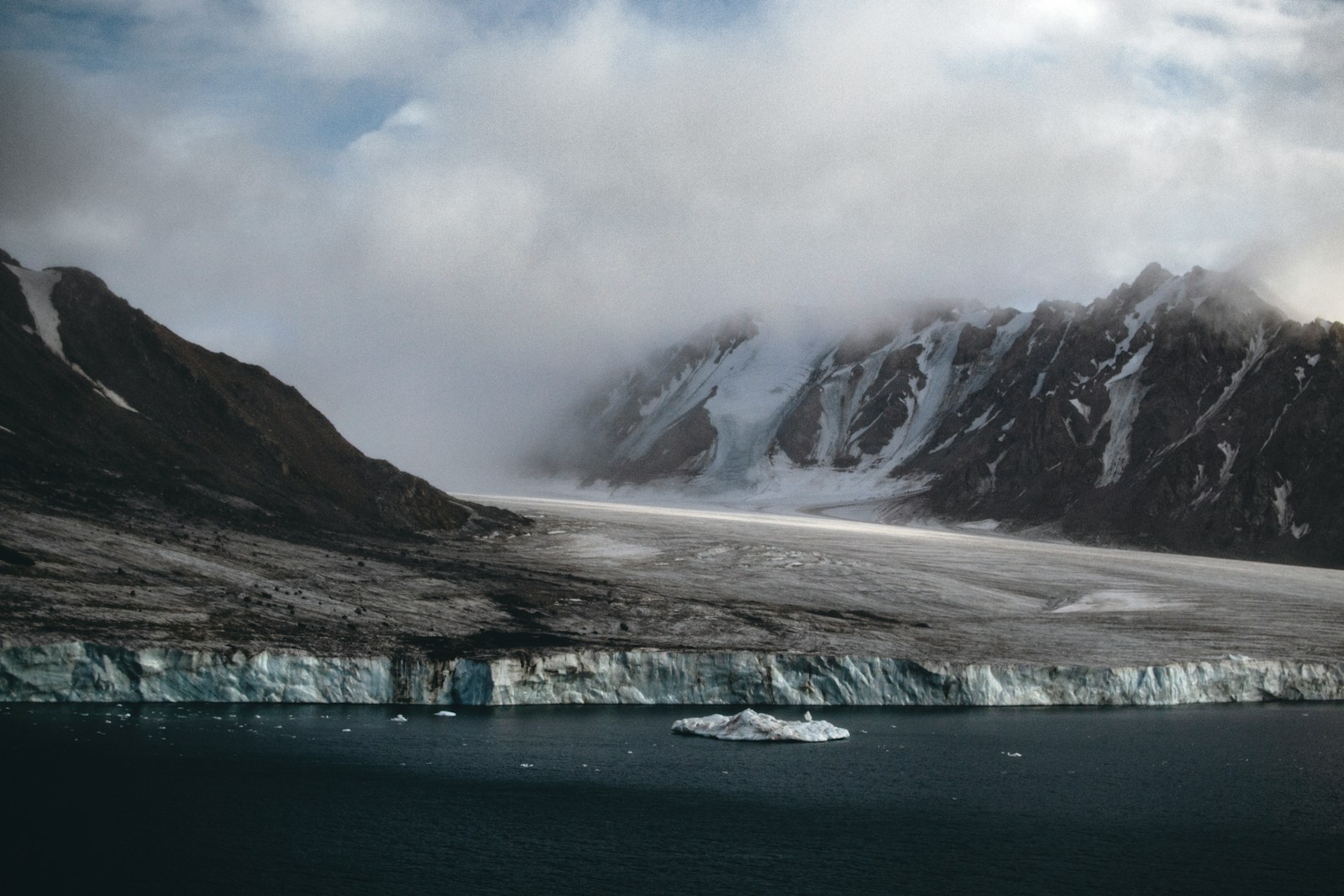
With a warming rate nearly four times that of the global average since the late 1970s, the permafrost-covered region has shifted from a carbon sink to a source, now emitting an estimated 147 million metric tons of greenhouse gases over two decades.
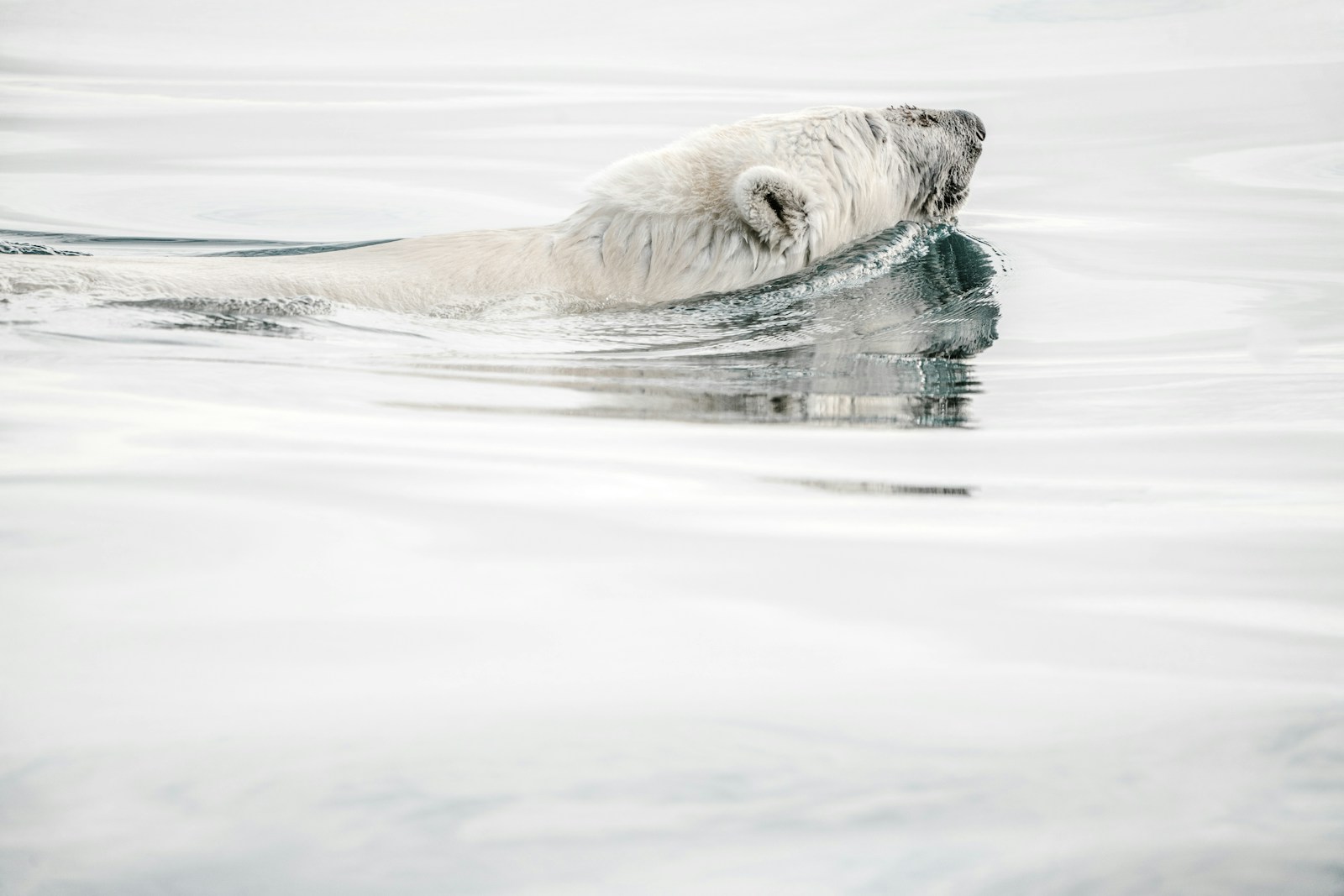
Justine Ramage, the lead author of the study, voiced concern over this major shift, stating, “What was disturbing was that abrupt events such as fires and thaws are causing a big shift.”

The findings indicate that the balance of greenhouse gas absorption and emission in the Arctic could be tipping dangerously towards exacerbating global warming.
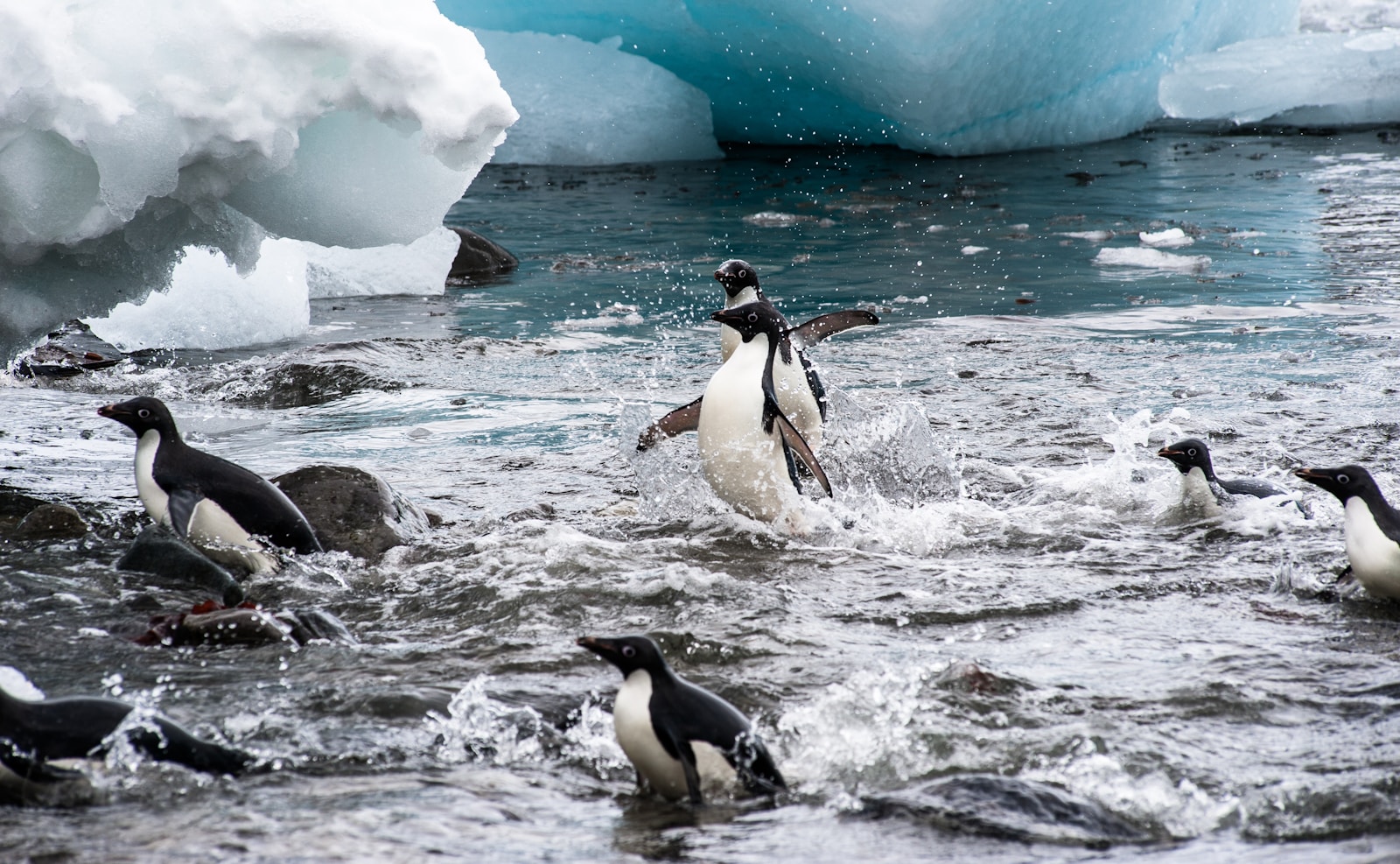
In parallel, the Antarctic is not immune to the repercussions of climate change. Studies have revealed that the Antarctic ice shelves, which serve as critical barriers against glacial ice flow into the ocean, are thinning.
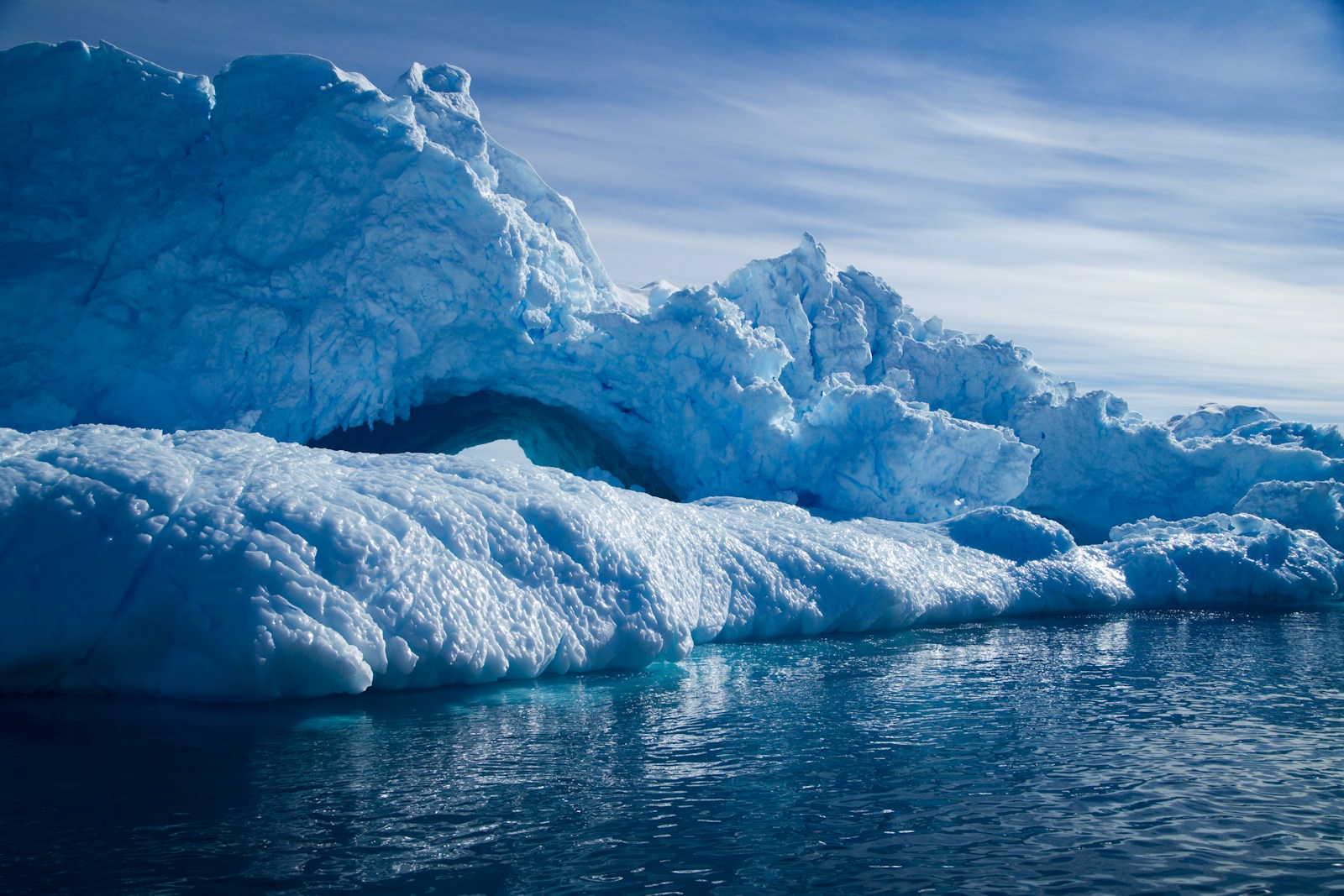
El Niño warming events exacerbate this loss, amplifying melt from below and posing a stark future for sea level rise.
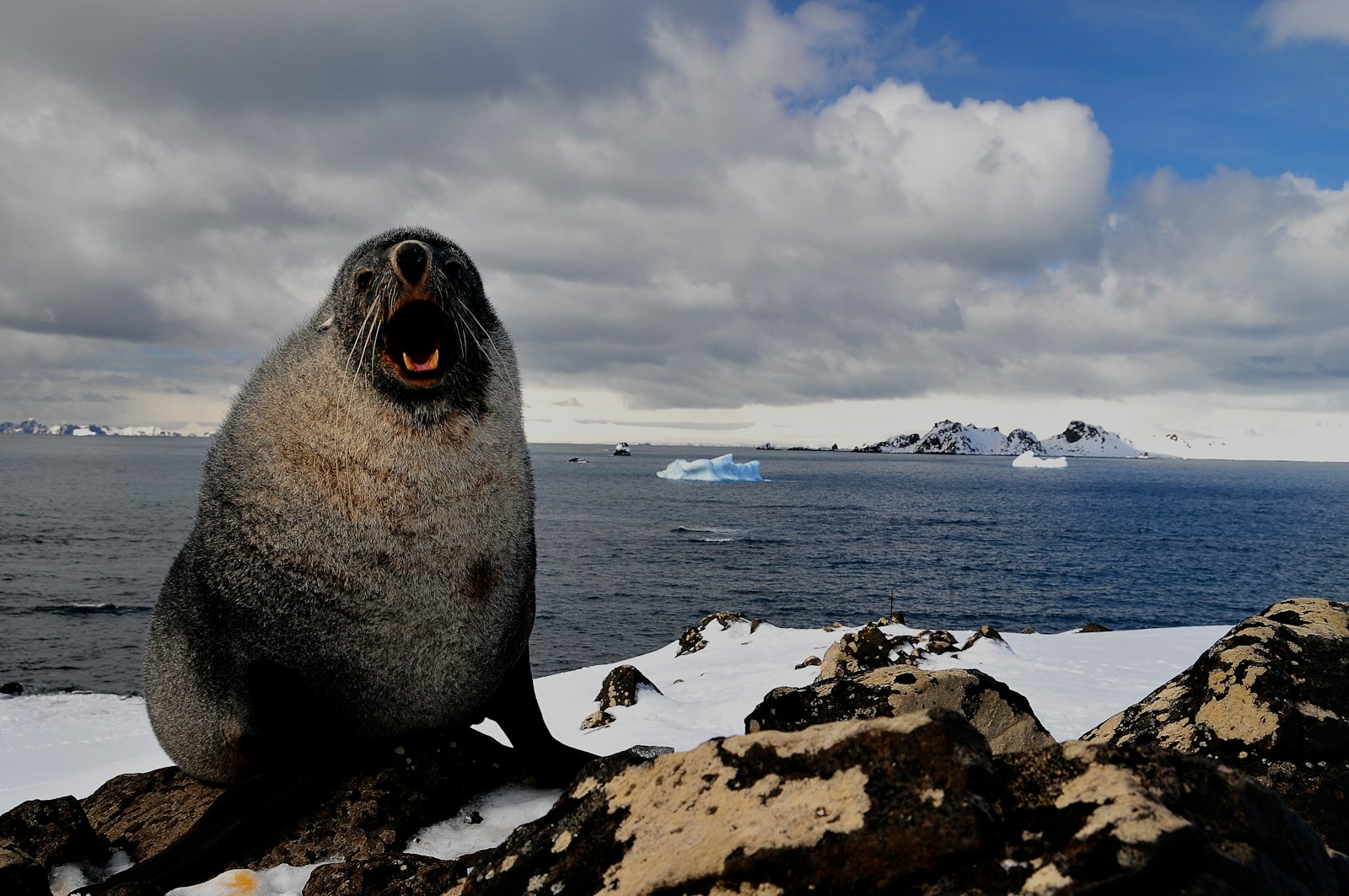
Ocean circulation models have been crucial in isolating the impacts of El Niño on ice shelf melt, with lead researcher Maurice Huguenin emphasizing, “On the year-to-year timescale, [El Niño] has the biggest impact [on ice shelf] melting.”
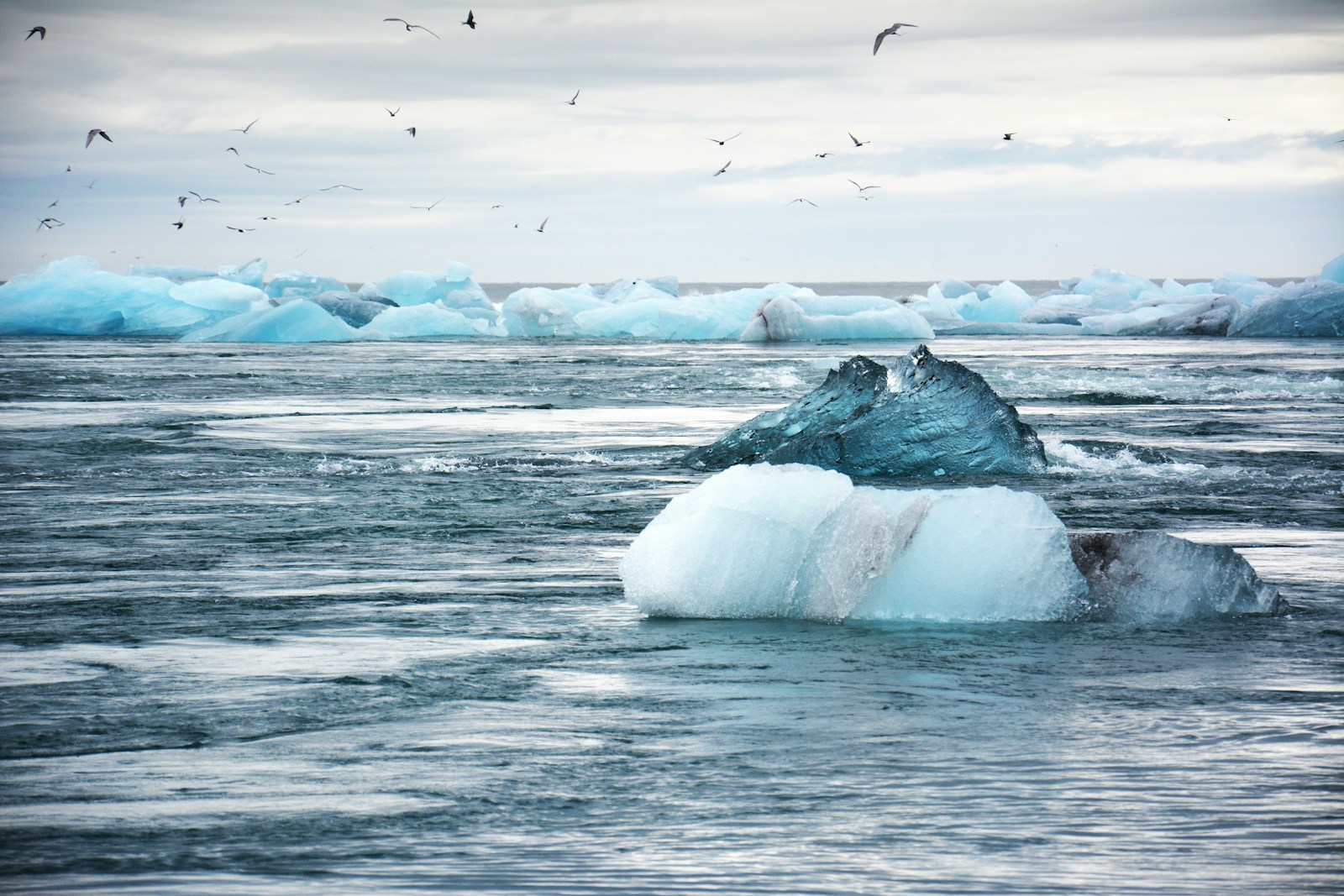
This intricate dance of natural phenomena does not stop at the poles.
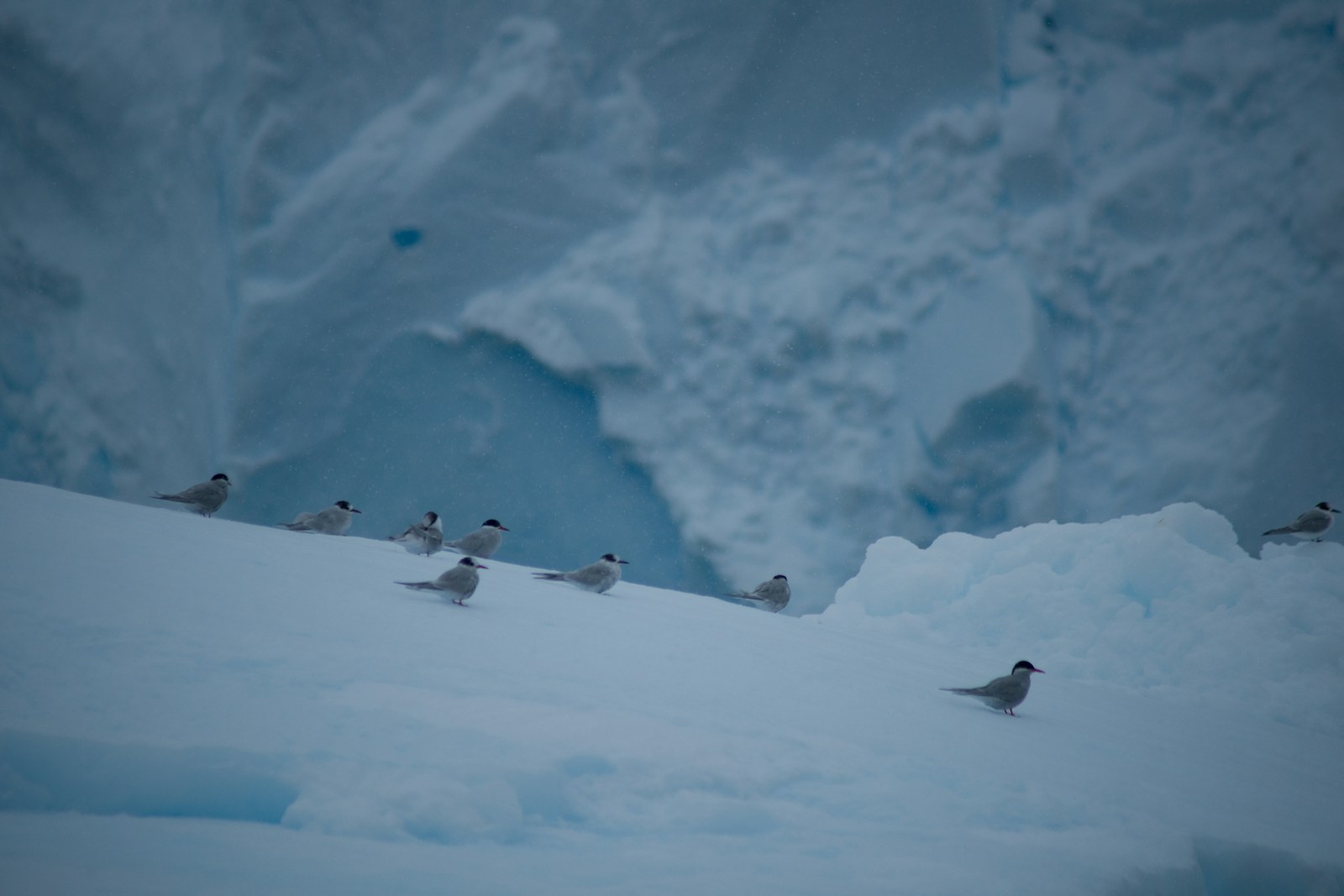
“Black swan” events, like the unprecedented heat wave that struck Antarctica in March 2022, leave indelible marks on the region’s ecosystems.
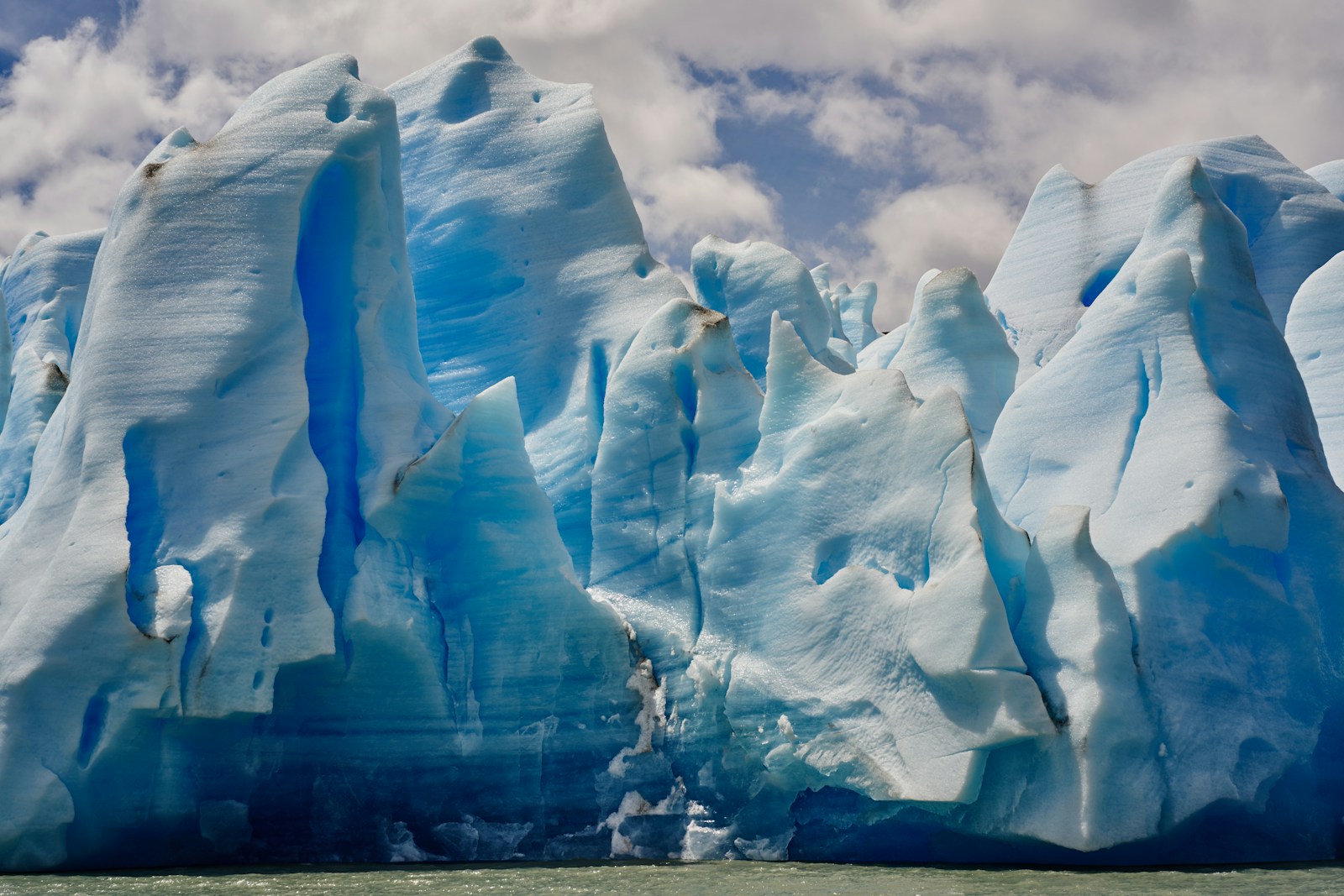
Jonathan Wille, who led the collaborative analysis of the heat wave, stressed the importance of understanding such events, saying, “We need to understand how extreme weather events like this will impact the long-term health of the Antarctic ice sheet.”

The far-reaching implications of these findings are sobering.
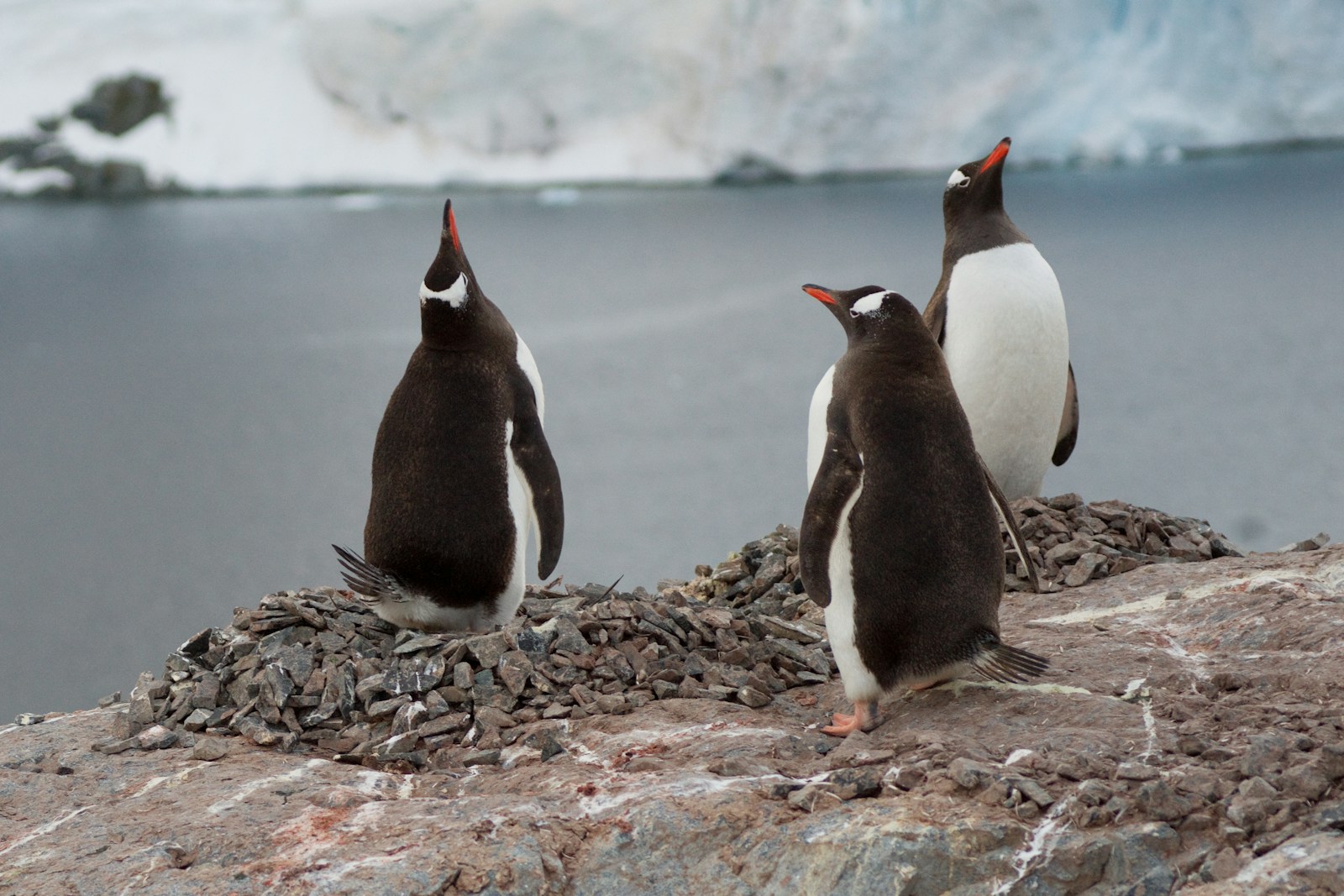
The cryosphere—encompassing both the Arctic and Antarctic—plays a fundamental role in the global climate system, influencing weather patterns, sea levels, and biodiversity far beyond their frozen confines.
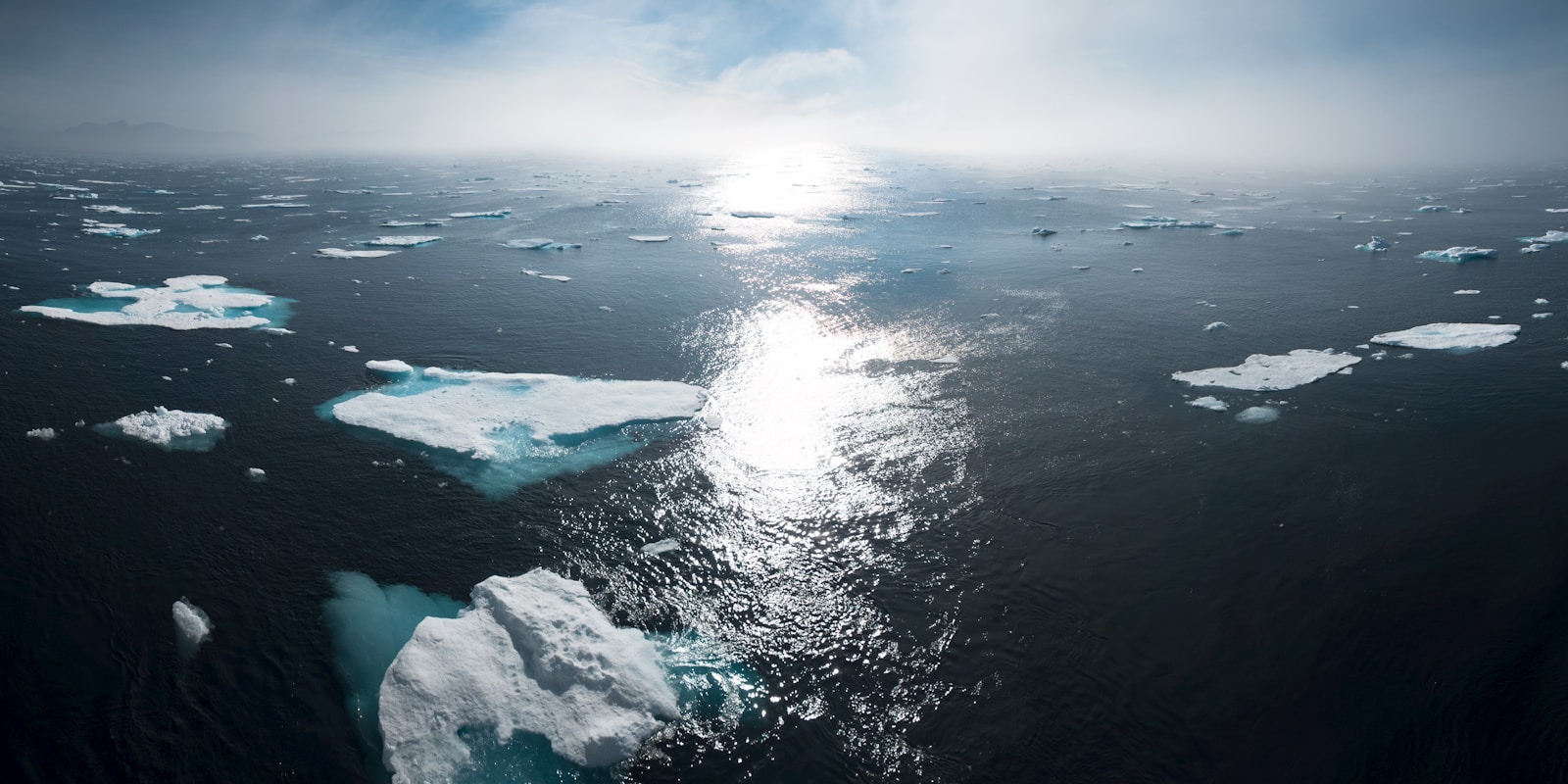
As the poles warm, the ripple effects are felt worldwide, from the potential collapse of ice shelves and the loss of sea ice to the alteration of habitats and the life cycles of polar species.
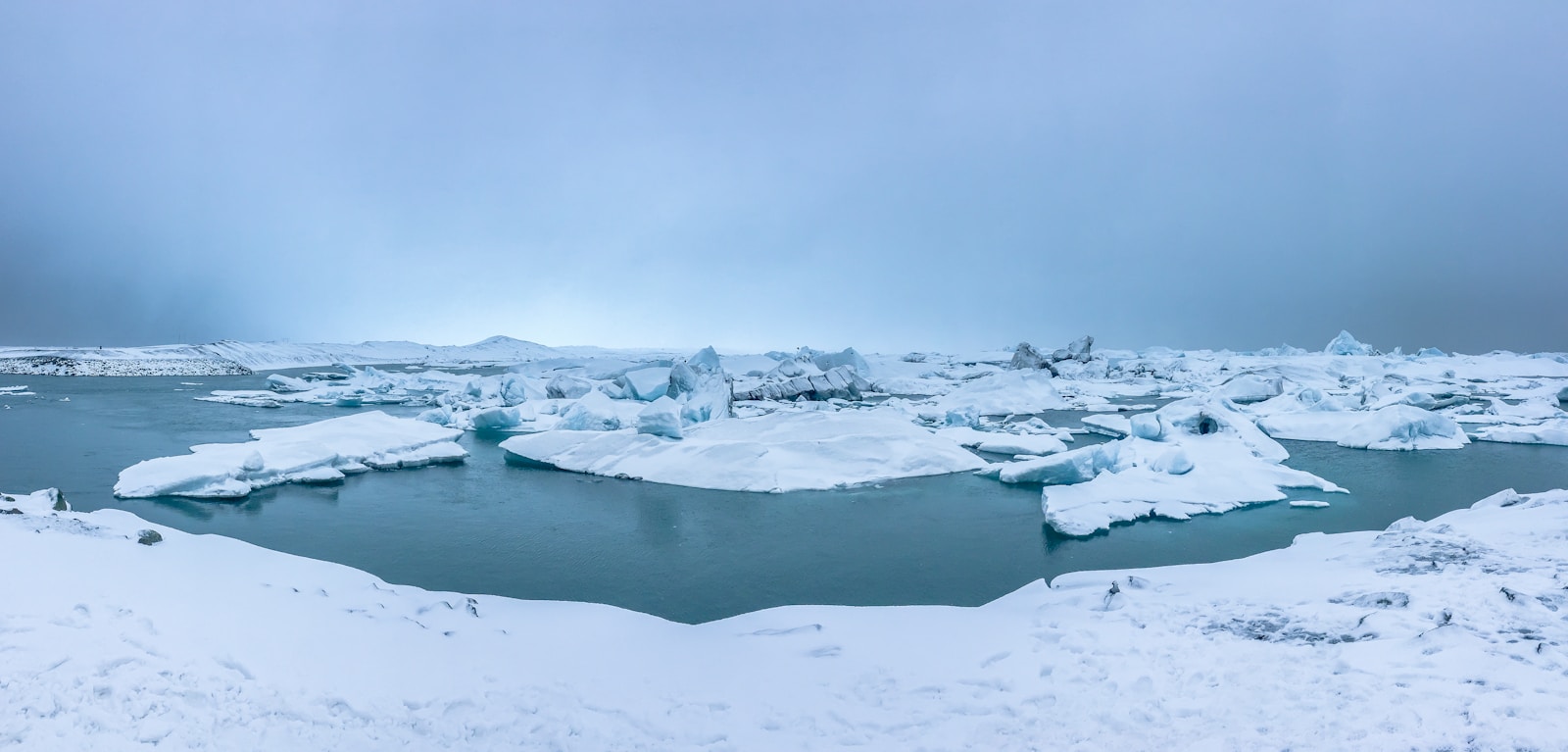
The environmental front lines at the ends of the Earth are sending a stark warning: what happens in the polar regions does not stay there. The urgency to understand and mitigate these changes is now more crucial than ever.
Relevant articles:
– Polar warning: Warming temperatures mean more than melted ice, mongabay.com
– Why is the Arctic warming faster than the rest of the planet?, arcticwwf.org
– Guest post: Ice cores reveal Antarctica is warming twice as fast as global average, Carbon Brief
– The Arctic has warmed nearly four times faster than the globe since 1979, Nature
